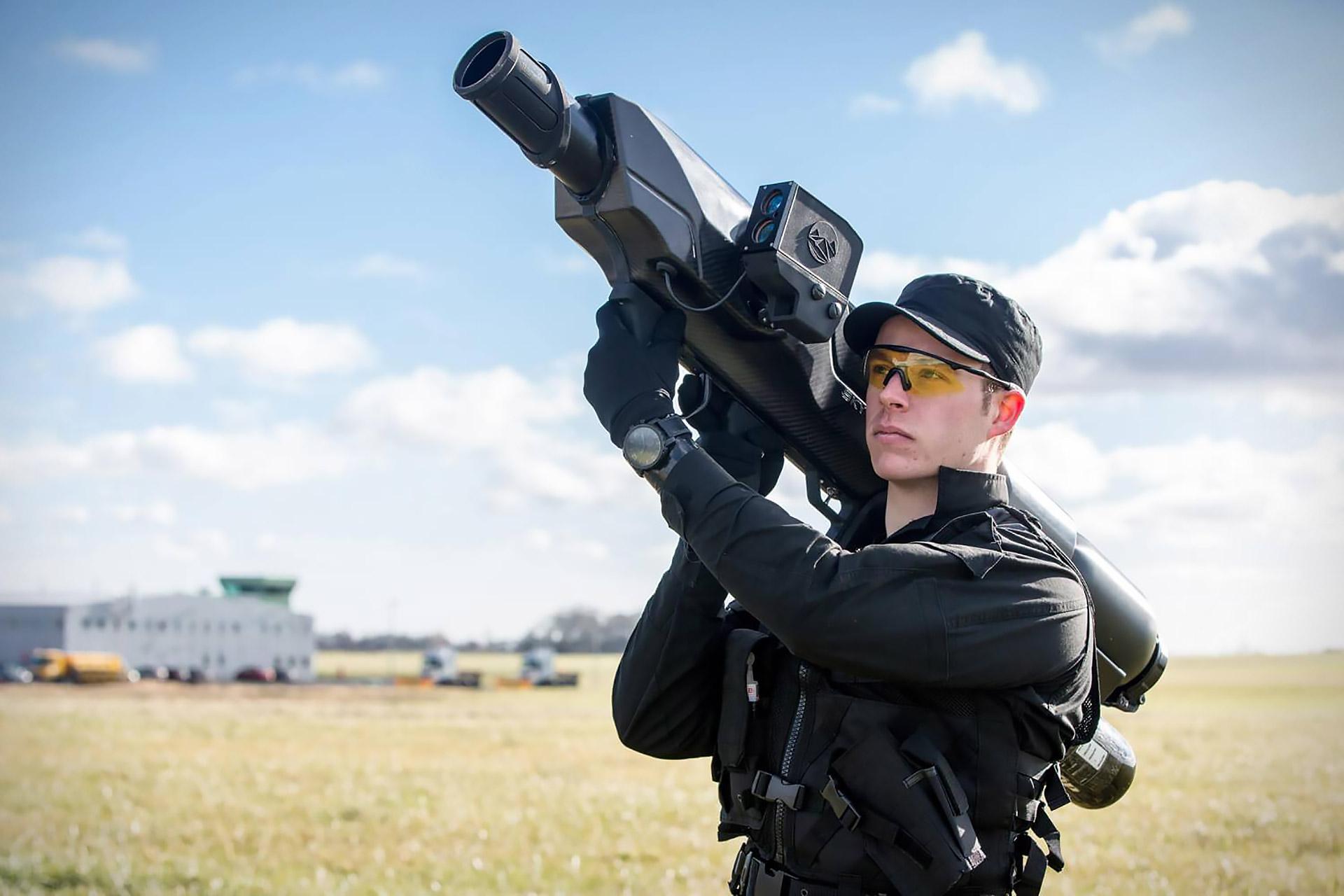In recent years, the growing importance of Anti-Drone technology has become increasingly evident. Drones, once a novelty primarily associated with recreational use and aerial photography, have evolved into powerful tools with numerous applications. However, this rapid proliferation has also given rise to concerns regarding privacy, security, and safety, thus necessitating the development of effective countermeasures. Anti drone technology plays a crucial role in mitigating the potential risks associated with unmanned aerial vehicles. Privacy concerns arise as drones equipped with cameras can invade personal spaces and compromise individuals' right to privacy. Additionally, unauthorized drones pose security threats, as they can be used for espionage, smuggling, or even terrorist activities. Moreover, the increasing number of drones in airspace raises safety concerns, particularly in areas such as airports, where they can interfere with aircraft operations.
To address these challenges, Anti-Drone technology has emerged as a vital solution. Various methods have been developed to detect, track, and neutralize unauthorized drones. Detection systems employ radar, radio frequency scanners, and optical sensors to identify drones in the vicinity. Once a drone is detected, tracking systems enable authorities to monitor its movements and determine the operator's location. Additionally, countermeasures such as radio frequency jamming, laser systems, or even specialized drones can be deployed to neutralize the threat effectively. The importance of anti drone technology will continue to grow as the drone expands. With the ongoing integration of drones into sectors such as logistics, agriculture, and infrastructure inspections, the need for robust countermeasures becomes paramount. Governments, corporations, and critical infrastructure operators are investing in anti drone technology to protect their assets, ensure public safety, and maintain the integrity of sensitive areas.
